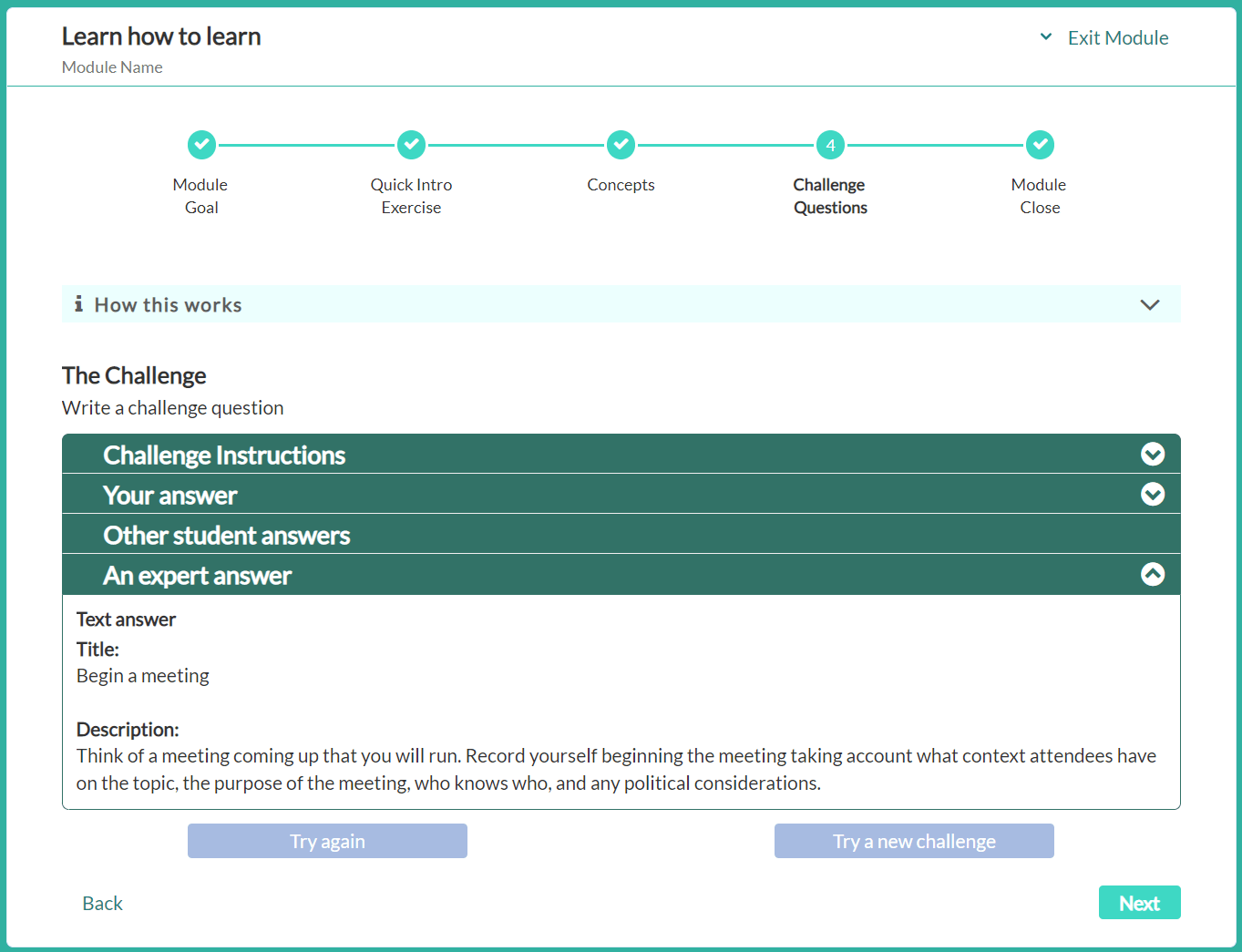
How to embed continuous improvement using onboarding
Simon Jacobson
June 12, 2023
As team and department members, we are constantly learning and improving the way we do things. This cumulative institutional knowledge adds up over time, but we often forget why we started doing things in specific ways. Even more challenging, as time passes and new people join and this valuable knowledge may be lost. Solved problems quickly become problems again!
In this article, we suggest a small upfront time investment in your team or department's onboarding to save a lot of time and headache down the road.
Let's take the management perspective.
Not only is onboarding one of a manager's busiest times due to face-to-face needs of a new starter (also described as 'new joiners' in HR speak or new hires by some), but the typical approach of essentially bombarding new starters with information does not transfer all of the hard earned lessons learned in a way that can be effectively applied.
Months later, managers will observe that a new starter will have no recollection of many topics covered in their first few weeks! This is not a refection of the manager or the new starter's abilities, but rather an expected outcome of the approach - all parties are doing their best within their situation.
We suggest a small upfront time investment in your team or department's onboarding to save a lot of time and headache down the road
Now there are many ways to go about embedding continuous improvement for existing employees, and we can talk about that in another article sometime, but the challenge here is how to sustainably transfer your growing wealth of institutional knowledge to new hires so improvements stick.
Here comes onboarding to the rescue! But how?
With some upfront time investment as part of your continuous improvement activities, create a repository of your hard-won best practices and lessons learned to be consumed by new starters during onboarding.
But it's not enough to just have reading materials as described earlier, people will forget a lot of not just what they hear in their first weeks, but also what they read.
This is where a platform like Simon Says Collaborate makes a big difference in both saving time creating a repository and increasing retention in a way that can be applied. The platform bakes in contemporary learning research that targets increasing practical retention of new knowledge. Specifically:
-
Knowledge repositories can be created as micro learning modules in the platform. These modules involve scenario based challenges and example answers plus a short recorded explanation.
-
Teams can contribute to the repository quickly and easily, without the need for teaching expertise. They can create a full science-based learning experience in as little as 15 minutes to an hour.
-
Managers can then focus their in-person time on what gets the most value out of that type of interaction. These may be introductions, expectation-setting, planning, etc.
-
New hires actively 'experience' the hard-earned lessons in a way that allows quiet, focused effort. This is great for providing full coverage of details in a way that sticks.
New hires actively 'experience' your hard-earned lessons
When new starters consume information in the platform it is asynchronous. This means content can be used on the new joiner's own schedule within a certain time frame without the manager present. The manager can then view how the new joiner went with the content on their own time as well! This is because the platform involves submitting responses to scenarios questions, then viewing other responses.
Everyone in the team can see how others interpreted the scenario (anonymously). As an added bonus, this surfaces differing interpretations and misconceptions that can kill collaboration and team cohesiveness when not identified and addressed.
So what can you do specifically?
The Simon Says Collaborate platform is based around a concept of Learning Journeys, which are comprised of Learning Modules. Some companies may have Learning Journeys per continuous improvement topic with many ~30 minute modules for each. Others may have Learning Journeys specifically for Onboarding split by types of roles. Whichever path you choose, you'll follow the same steps to create learning modules:
-
Identify lesson topics that can be broken down into bite sized learning modules. After implementing a continuous improvement solution, discrete topics can be easily identified by a manager.
-
Agree a creator, someone who was involved in delivering the solution. This way they will understand the context and why the solution works.
-
Gather examples of artifacts. Gather examples of good emails or presentations used as part of the continuous improvement solution. These real examples can save a ton of time later on!
-
Create the module in the platform, including a challenge question and answer, and a video explaining the thinking behind the topic. This can be repeated for all of the identified lesson topics. Publish once finished.
-
During onboarding, set expectations for how to use the platform and give new starters a time frame to complete the modules.
-
Review and check-in. The manager views responses on their own time, this can then be followed up by a check-in discussion made richer by leveraging the tangible effort put in by the new starter.
So yes, there is some upfront time commitment involved. Effort saved long term however easily makes it worth the time. Even better, with each new responses the repository becomes more helpful.
What to expect when using this approach?
-
Using a learning approach helps new starters get up to speed much faster on the specific topics a manager needs.
-
Managers hear ideas from people with fresh eyes (the new starters) via the learning responses. New joiners are exposed to alternative perspectives via the same process helping them empathize with their new team for better collaboration.
-
Avoid the 'how we did things at my old job' challenge. Your new team member will more quickly understand what past experience applies in their new role and what does not quite fit. With this understanding, conflict about trying to change something in a way that will not work can be limited or avoided all together.
-
The learning approach helps new joiners retain far more information in more actionable way than traditional approaches.
Interested in trying this out?
If the above resonates with you, contact us today! We're happy to schedule a demo or just have a chat. Simply complete the form on this page and someone will get back within 1-2 business days.
Simon Jacobson
June 12, 2023
Share:
Similar articles

Join our mailing list
Get started today
Technology teams, transformation consultants, team forming, new joiner onboarding, language.



